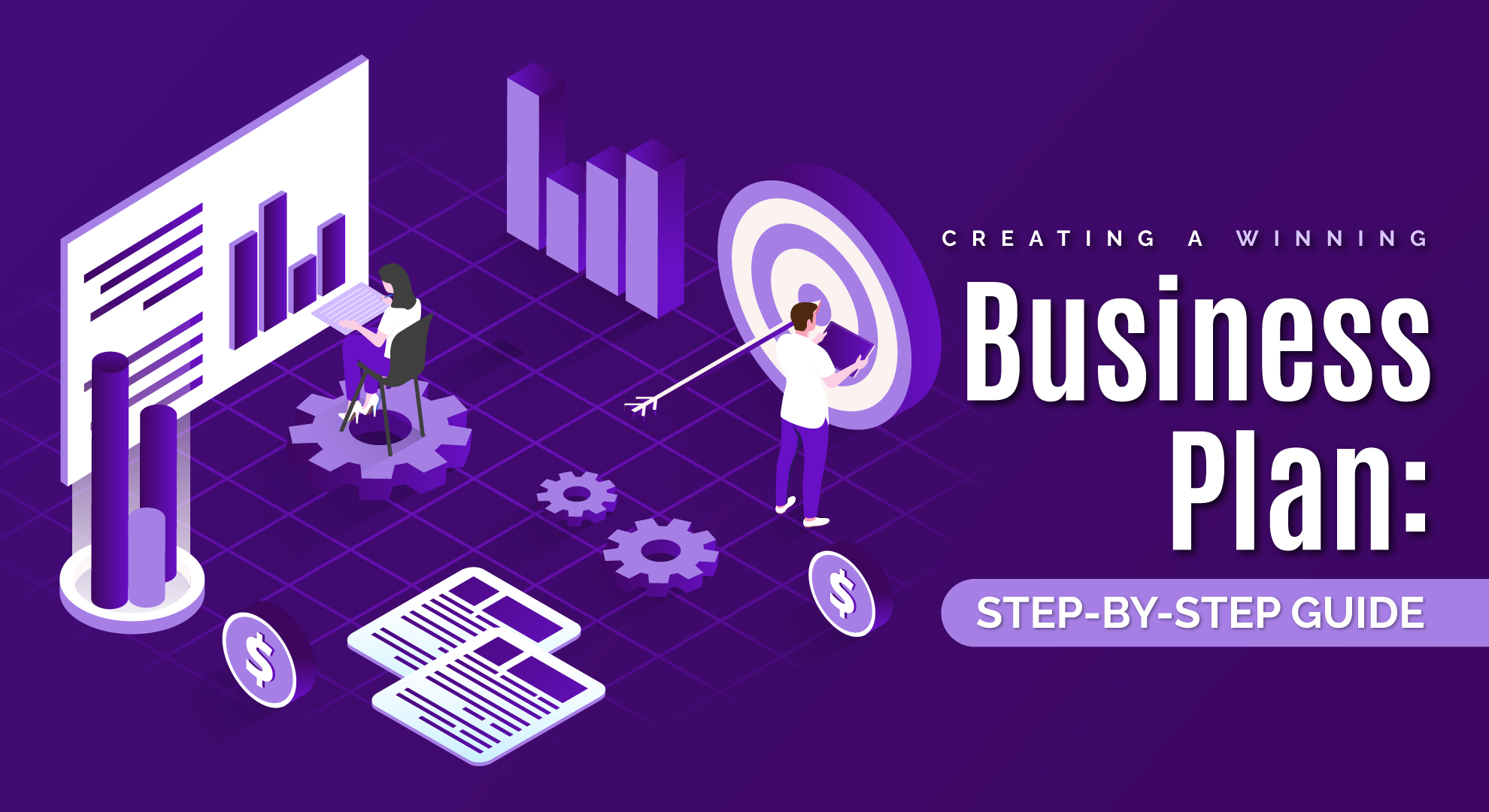
Creating a Winning Business Plan: Comprehensive Step-by-Step Guide
A well-crafted business plan is essential for any entrepreneur starting a new venture. This step-by-step guide will help you create a comprehensive plan to validate your business concept, clarify objectives, and convince investors of your potential for success.
Executive Summary
Your executive summary should provide a high-level overview that summarizes your business opportunity and why it will be profitable. Briefly describe your company, products/services, target market, competitive advantages, management team, financial projections, funding needs, and key milestones. It should be 1-2 pages maximum and capture the reader's attention.
Company Overview
The company overview provides background on your business formation and foundations. When and how you started operations, legal business structure, intellectual property, and other key facts should be covered.
Elaborate on your founders' expertise and experience that enables business success. Provide details on product development timelines, facility leasing, and other establishment steps already completed.
Explain the specific problem your company aims to solve. The overview sets the stage for why your offerings are needed.
Products and Services
Fully describe your product lines or service offerings by:
1. Detailing the proprietary technology, special features, and competitive advantages behind them.
2. Identifying how they solve customers' problems or improve their experience.
3. Explaining any warranties, service contracts, or accessory products that add value.
4. Describing where your offerings are in the development process from concept to commercialization.
Your unique value proposition should be clearly outlined so the reader understands your competitive positioning. Include information protected by patents, trademarks, or trade secrets that secure your intellectual property.
Target Market Analysis
Your analysis of the target market should convince the reader that customers need your product. Key elements to cover include:
1. Defining your customer demographics like age, income, geography, gender, etc.
2. Identifying market size, growth projections, and opportunities for market share.
3. Outlining your buyer personas using psychographic details like attitudes, behaviors, values, interests.
4. Researching the competitive landscape and how customers currently meet their needs.
5. Detailing how your positioning and offerings are differentiated from competitors.
Marketing Strategy and Sales Plan
With your target market defined, outline how you will attract those customers and generate sales. Key marketing strategy elements include:
1. Pricing - price points, discounts, incentives, and how they compare to competitors.
2. Placement - explain distribution channels and plans to ensure availability.
3. Promotions - advertising, PR, direct marketing, and referral programs to build awareness.
4. Sales process - sales team size, responsibilities, pipelines, quotas, and commissions.
5. Partnerships - strategic partnerships for distribution, technology, cross-marketing, etc.
Operations Plan
Your operations plan provides details on business workflows, processes, resources and equipment needed to deliver your offerings. Cover:
1. Scope of operations - manufacturing, R&D, supply chain logistics, service delivery.
2. Production plans and approaches - in-house, outsourced, automation, quality control.
3. Operational capacity by location - floor plans, workflow diagrams, inventory management.
4. Technology needs - hardware, software, cybersecurity measures.
5. Key operational processes mapped step-by-step.
6. Regulatory environment and certifications required for operations.
7. Timeline and budget for achieving operational readiness.
Management Team and Personnel
This section highlights why your team has the capability and experience to successfully implement the business plan. For each key team member cover:
1. Founder backgrounds, industry experience, and role responsibilities.
2. Key technical, managerial, marketing, financial, and other talents on the team.
3. Advisors who complement the team's expertise like lawyers, accountants, subject matter experts.
4. Organizational chart and corporate culture being built.
5. Hiring plans, compensation packages, and employee incentives to attract top talent.
Financial Projections and Funding Requirements
The financial statements and funding needs of your business plan instill confidence by showing profitable growth. Elements to cover include:
1. Startup costs - sources and uses schedule for capital requirements.
2. Revenue model and sales forecasts - explain basis for projections.
3. Profit and loss statements - projected over 3-5 years.
4. Cash flow statements - financing and investing activities.
5. Balance sheets - assets, liabilities, equity positions annually.
6. Break-even analysis - timeframes to turn profitable.
7. Sources of funding - bootstrapping, loans, angel/VC, capital campaigns.
8. Use of funds - technology, inventory, marketing, working capital, etc.
Risk Analysis and Mitigation Strategies
Identify potential risks that could negatively impact operations and growth. For each key risk include:
1. Likelihood of occurring and potential impact level if it does.
2. Proposed mitigation strategies to minimize likelihood or reduce impact.
3. Contingency plans if the risk does materialize.
Examples may include competitive threats, economic conditions, supply chain disruption, founders departing, product defects, or natural disasters.
Appendix
The appendix holds supporting documents or details referenced in the plan, such as:
1. Founder resumes and management team backgrounds.
2. Market research reports, competition analysis, citations.
3. Legal documents - patents, contracts, leases, licenses, permits.
4. Detailed financial projections - revenue by product/service, expenses by type.
5. Capital expenditure budgets - facility build-outs, equipment.
6. Investor documents - past funding rounds, investor communications.
7. Timelines and milestones for product development, hiring, growth.
With this comprehensive step-by-step guide, you now have the framework to develop a winning business plan tailored to your venture's specific needs and goals. The planning process will help validate and strengthen your business model as you work to launch and grow a successful company.